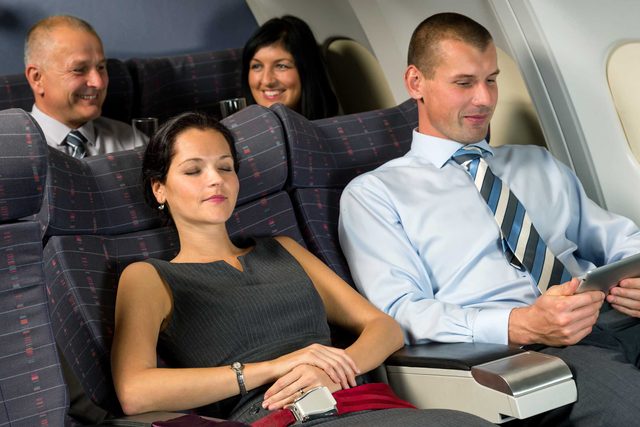
Better legroom
If you want to stretch out, you’ll have more space to spread in the exit row, which are roomier to allow people to get in and out in case of an emergency. But be careful which one you pick—the front row doesn’t recline, but the back exit row does, says Richard Laermer, CEO of RLM PR, who travels every week for business. “They can recline because the person behind them isn’t an exit person, so they aren’t responsible for the whole airplane,” he says. Save yourself from a stiff-backed flight by finding an exit seat in the row farthest back. As a bonus, the middle seat will likely be open for grabs right up until check-in, because most fliers avoid middle seats, regardless of the extra legroom an exit row seat could offer, says Lewis Krell, director of business development for Utrip. And even if you don’t end up with the coveted extra legroom, try not to kick the seat in front of you.

Sound sleep
Planning to get some shut-eye on your flight? Restful sleep is rare on a plane, but snagging a window airplane seats can up your chances of actually catching some Zs because you can lean against the side of the plane, says Greg Geronemus, the co-CEO of smarTours. “It’s easier than trying to fall asleep on a neck pillow while basically sitting upright,” he says. “You can also control your light exposure.” Avoid the last row of the plane, which usually won’t recline, and get a seat closer to the middle of the plane instead to avoid disruptive foot traffic to the bathroom, says Krell. These are the 18 things you should never do on an airplane.
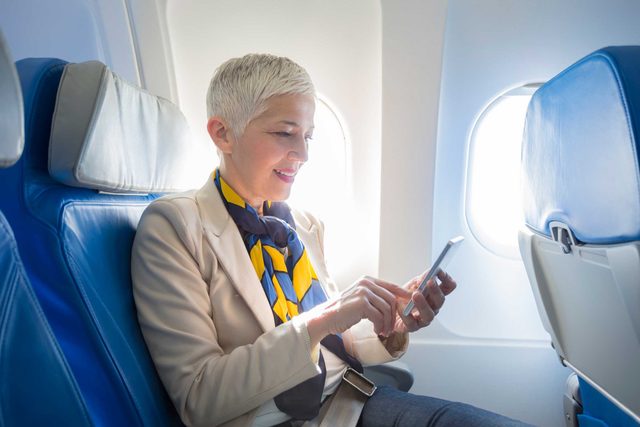
More elbow room
If airplane seats make you feel constrained, more room to move your arms might make you more comfortable, says Dan Suski, founder of Seatlink.com. “The window seat in window exit rows is often missing an armrest, so while the seat cushion is the same width, you have more space to move around,” he says. On the flip side, because bulkhead seats don’t have a row in front of them, their tray tables are attached to the armrests, meaning you won’t be able to move the armrest down, he says.
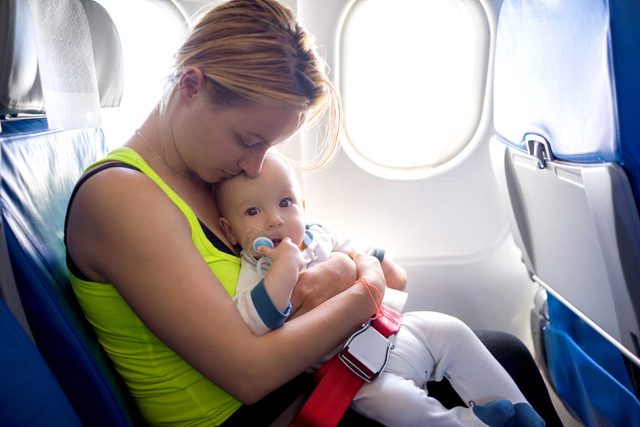
Baby on board
Sit near the back of the plane if you’ve got babies or small children in tow, suggests Corinne McDermott, founder of HaveBabyWillTravel.com. “Usually the restrooms with change tables are located at the back of the plane, and you will be close to the galley if you require hot water or any assistance from the flight attendants,” she says. Or try snagging a bulkhead seat, which gives you more room to maneuver a car seat, she says, and because it faces a wall instead of seats, the carrier won’t get in the way of other passengers trying to recline their seats back. Here are 11 airplane facts you’ve always been curious about.
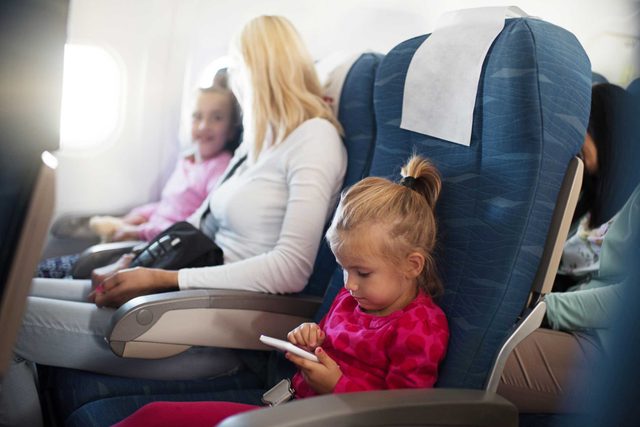
Settling down multiple kids
Kids often stay calmer during flights if they aren’t sitting next to other children, says Laermer. “If you get those kids separated, they tend to just sit there and read or watch TV,” he says. “They act like total independent travelers.” If you have more than one kid, have your partner or an older child sit with one, while you sit with another.
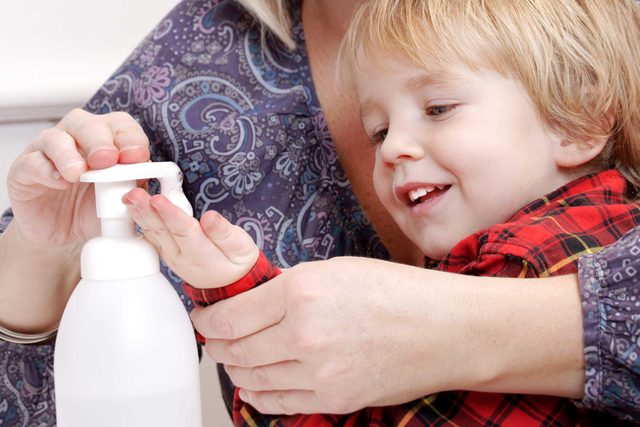
Avoiding illness
Airplanes are notorious breeding grounds for illness. But contrary to popular belief, the stale air isn’t the problem. With the exception of tuberculosis and the flu, most infections don’t spread through the air, says Ray Casciari, MD, FCCP, pulmonology specialist at St. Joseph Hospital in Orange, California. Instead, you’ll contract most illnesses when germs travel from your hands to your face, so try to avoid contact with things that other passengers have touched. No matter where you sit, disinfectant wipes and hand sanitizer are your best defense, but some seats get less germ traffic than others. If sickness is your main concern, stay away from the aisle seats, which people will touch when they’re on their way to the bathroom. “If someone doesn’t feel well and has to head back to the bathroom, they touch the seats and the armrest,” says Dr. Casciari. “It’s a matter of the virus going from the infected person’s hand to your seat, then you touch the seat and the virus goes from your hand to your face.” Never do these things in an airplane bathroom in order to stay safe.
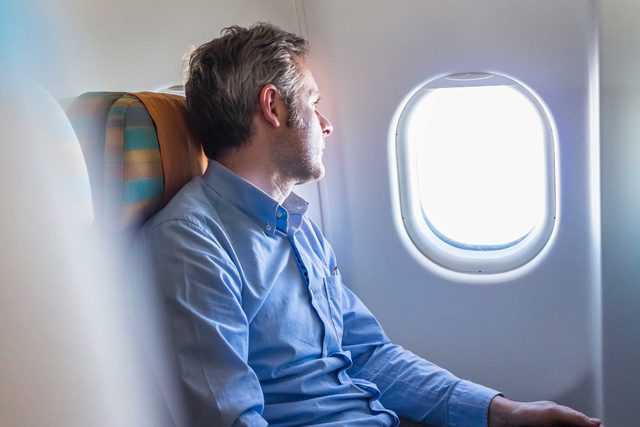
A smooth flight
Airplane turbulence can make for a bumpy ride, but seats over the wing and in front of it will get less of that unsettling wobbliness. Like a playground see-saw, the center of the plane moves less than the ends, says Captain Tom Bunn, founder of SOAR. “On a plane, the fulcrum point is the wing,” he says. “At the wing, the slight rotation is not noticeable. But at the tail, the up-and-down is.” Nervous fliers sitting in the back might feel like they’re falling, so sit farther forward to ease any anxiety. This is what 9 common airplane noises mean.
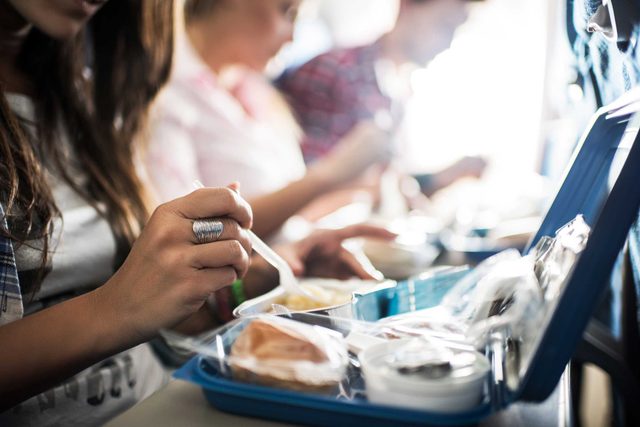
Quicker service
For those who are just itching for that oh-so-yummy in-flight meal, pick a seat near the front of the cabin, which is where service usually starts, says Suski. Also, avoid booking a plane that has just one bathroom if you think you’ll want drinks on a short flight, says Laermer. “The worst service on airplanes takes place when there’s only one lavatory and it’s in the back of the plane, and the reason is that people going to the lavatory always have to make the person with the cart move,” he says. “If you want to get a drink, he or she probably will not get to you if it’s a short flight.” You might not get complimentary drinks and snacks, but there are still things you can get free on an airplane.
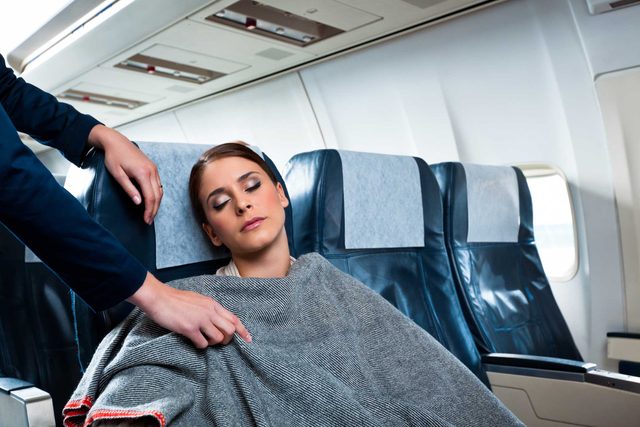
Staying warm
Always shivering during flights, despite packing an extra sweater? Try to avoid particularly drafty airplane seats. “The seats next to the exits are invariably colder than other seats,” says Suski. These are the 10 airplane etiquette rules everyone should know.
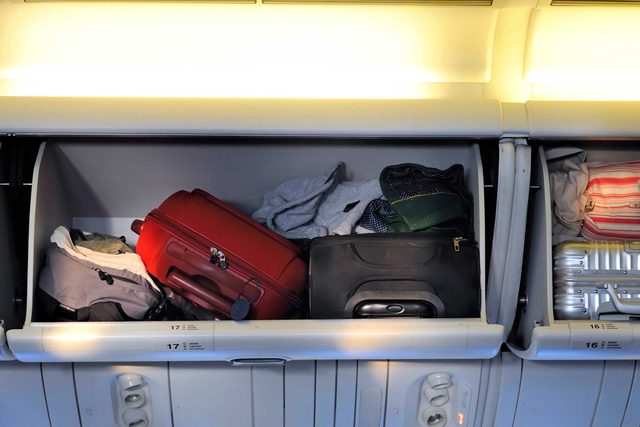
Overhead bin space
Those worried about snagging overhead space should avoid bulkhead seats or exit rows, says Suski. “A general rule of thumb is that oxygen bottles and/or crew stowage/equipment are often placed right behind the bulkhead or exits, so overhead bin space can be at a premium in those locations,” he says. “Mid-cabin overhead bins should be no problem.” Make sure to board early to claim some space, he says.
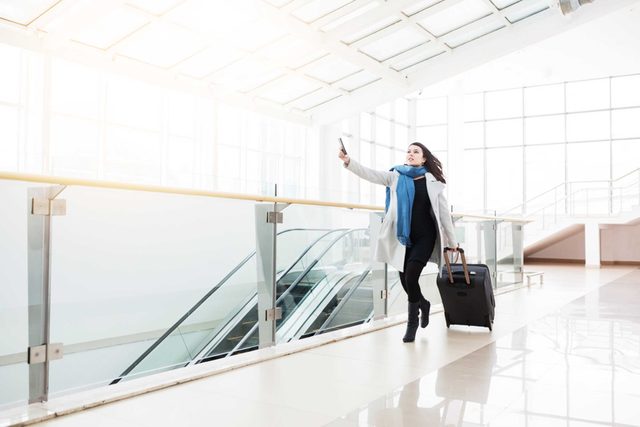
If you have a tight connection
Book airplane seats toward the front of the aircraft if you’re eager to make a quick exit after landing. “If you don’t want to pay for a first-class seat, that could mean you’re seated directly in front of the bulkhead—the wall separating first class from the main cabin,” says Richard Gonzales, an aviation consultant with Briscoe Group. These are sometimes not the coziest rows to sit in because you won’t be able to stretch your legs or store a personal bag in front of you, but worth the sacrifice if you’re on a short flight or have a quick layover, says Gonzales. Here are 7 hidden airplane features you had no idea existed.
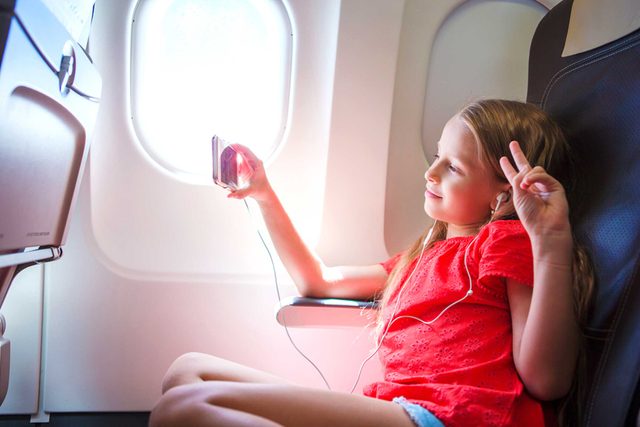
For reduced noise
“If you don’t like noise from kids, families tend to be moved to the rear of the plane, so best to stay at the front. Plus, you’re also away from the engines,” says Anthony Bianco of The Travel Tart.
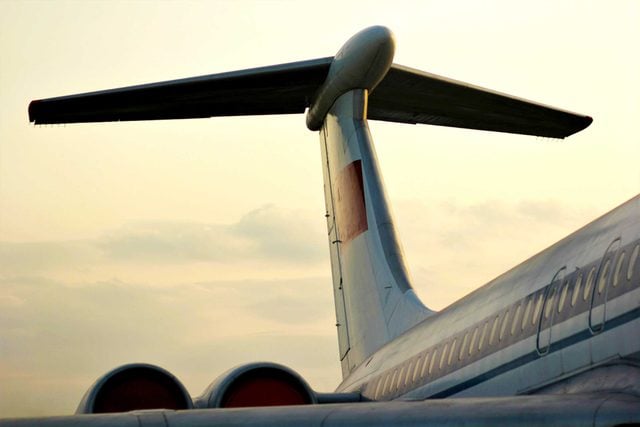
Safest seats
Airplane crashes are extremely rare, but if you’re worried, the most survivable airplane seats in a plane crash tend to be in the back of the aircraft close to the tail section. “This has been proven in both real and simulated accidents, as the tail will tend to separate first or be the last spot to impact,” says Dan Boland, co-founder of Holidaypromocode.com. “That’s why aircraft black boxes are always in the tail section.” Next, check out the 40 things your airplane pilot won’t tell you.